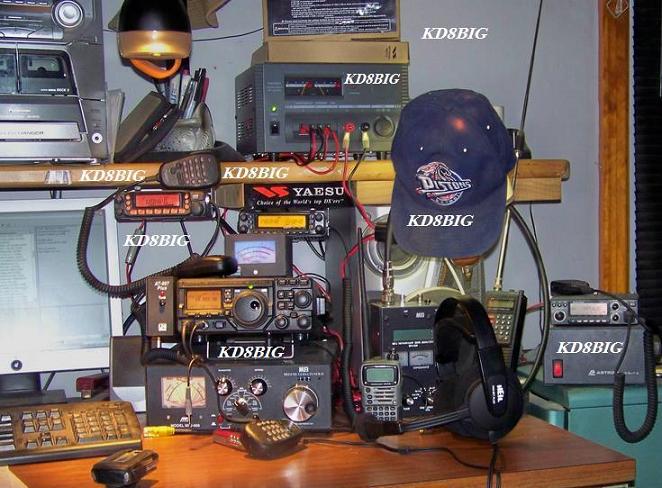Phil Williams, G3YPQ, is an Amateur Radio Astronomer in
North Cornwall in the U.K.. According to reports he
accidentally picked up the signal and after cross checking
with various lists, he identified it as LES 1.
LES 1 was built by the Massachusetts Institute of Technology
and launched in 1965. The satellite failed to reach its
intended orbit owing to a wiring error and has been drifting
out of control ever since.
Williams ran across it while monitoring near 237 MHz when he
noticed a signal with a peculiar signal drift caused by the
bird tumbling end over end every 4 seconds as the solar
panels became shadowed by the satellites engine. Williams
said that gives the signal a particularly ghostly sound as
the voltage from the solar panels fluctuates.
The LES 1 satellite is about the size of a small car and is
not likely to re-enter the atmosphere for a long time as the
orbit is still relatively high. It poses no threat other
than that caused by the thousands of other pieces of space
junk currently in orbit. By now its likely that the on
board batteries have now disintegrated so its likely that
some other component failure has caused the transmitter to
start up when its in sunlight bringing the ghost satellite
back to life.










